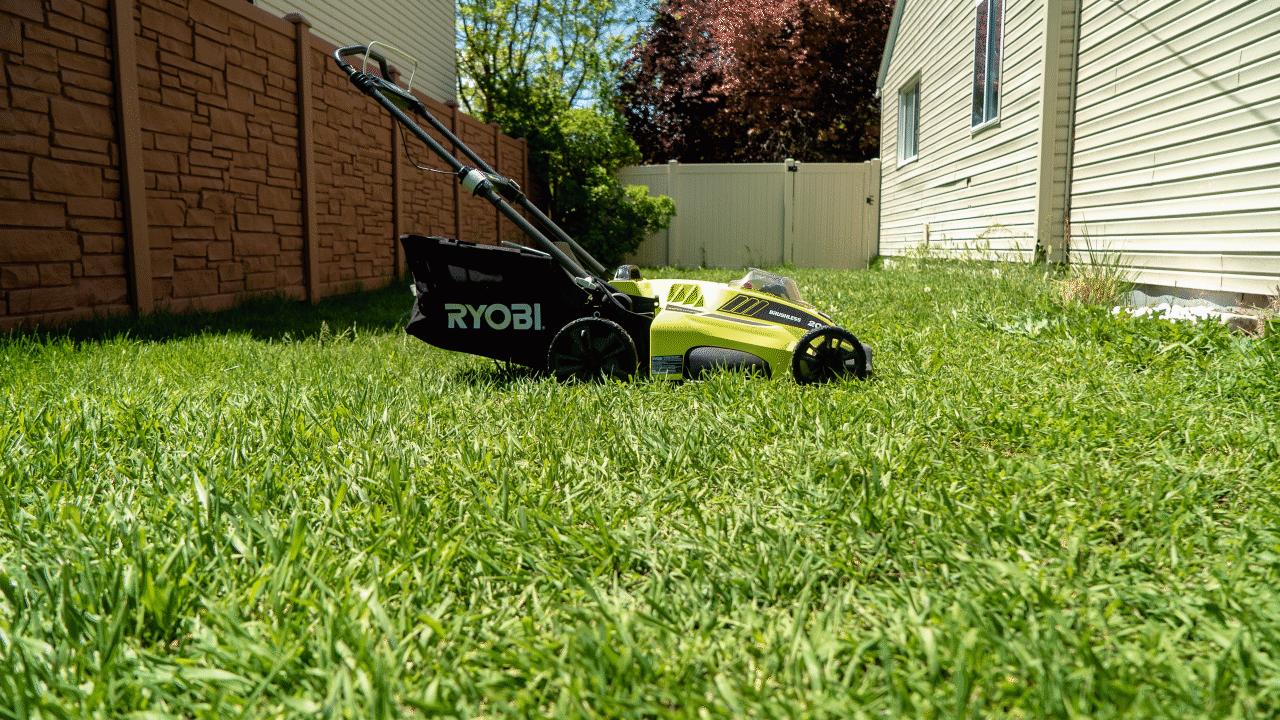Landscaping, Snow Removal, & Property Maintenance during these times of the Corona Virus and Covid-19
/Dear Clients - and those just wanting to get out and use your (Green Thumb) for something other than texting your kids or grandkids! (Click on any of the bold/underlined text to follow a link to a referenced web site/info sheet).
This from the Director of the Associated Landscape Contractors of Colorado (ALCC), John McMahon.
We recognize that there has been much confusion over the governor’s latest executive order and what that means for landscape business operations. We have attempted to clarify the following points:
As you are all aware, as of March 26, the entire state is under a Stay-at-Home order. Based on the Public Health Order dated March 25, ALCC believes that most businesses in the green industry fall into one or more exemption categories. For horticulture growers, your business determination as ‘critical’ is pretty straightforward – you are considered agriculture. For landscape contractors, suppliers and other green industry professionals, the determination is a bit more nuanced.
As you can see from the categories on the list, they are very general (see below) and while we can offer guidance, businesses must make the determination for themselves and communicate carefully with employees and customers. Further clarifications and details are on page 2, below.
Please understand that all of us at Grasshoppers take this stay at home mandate seriously, it is also in place in NM where a number of our staff live, and whenever possible, we will be at home with our families and pets. However, if we do venture out to do critical work, we will abide by all of the appropriate health and safety and distancing guidelines. For the past two weeks, we have had protocols in place that ensure that our staff are sanitizing their equipment and vehicles. We are also no longer ride-sharing, nor are we sharing tools.
So, in the coming days, you may see us out working in 1s and 2s, at most, 3s. What you won't see, is us kissing, and hugging, and high-5-ing the bunnies!
Stay well, stay healthy, and stay apart!
David and Staff @ Grasshoppers
Further clarification about agricultural businesses from Colorado Commissioner of Agriculture Kate Greenberg. This order is in effect through April 10.
From the Colorado Public Health Order:
Critical Business. Any business, including any for profit or non-profit, regardless of its corporate structure, engaged in any of the commercial, manufacturing, or service activities listed below, may continue to operate as normal. Critical Businesses must comply with the guidance and directives for maintaining a clean and safe work environment issued by the CDPHE and any applicable local health department. Critical Businesses must comply with Social Distancing Requirements and all PHOs currently in effect to the greatest extent possible and will be held accountable for doing so. Critical Businesses do NOT include health clubs as defined in C.R.S. § 6-1-102(4.6), fitness and exercise gyms, and similar facilities, or any of the other businesses required to close by PHO 20-22.
“Critical Business” means:
Critical Infrastructure, Including:
Food and plant cultivation, including farming crops, livestock, food processing and manufacturing, animal feed and feed products, rendering, commodity sales, and any other work critical to the operation of any component of the food supply chain
Any business that produces products critical or incidental to the construction or operation of the categories of products included in this subsection
Critical Manufacturing, Including:
Agriculture/farms
Critical Retail, Including:
Farm and produce stands
Hardware, farm supply, and building material stores
Establishments engaged in the retail sale of food and any other household consumer products (such as cleaning and personal care products)
Construction, Including:
Critical Services Necessary to Maintain the Safety, Sanitation and Critical Operations of Residences or Other Critical Businesses, Including:
Additionally, ALCC recommends that you verify that each crew member arrives at the job site with the following documents:
A state-issued identification, such as a driver license
A copy of the executive order for the jurisdiction in which they are delivering services
A letter from your firm (on letterhead) verifying that the crew member is an employee of your company and asserts that they are on-site to perform an essential service





















